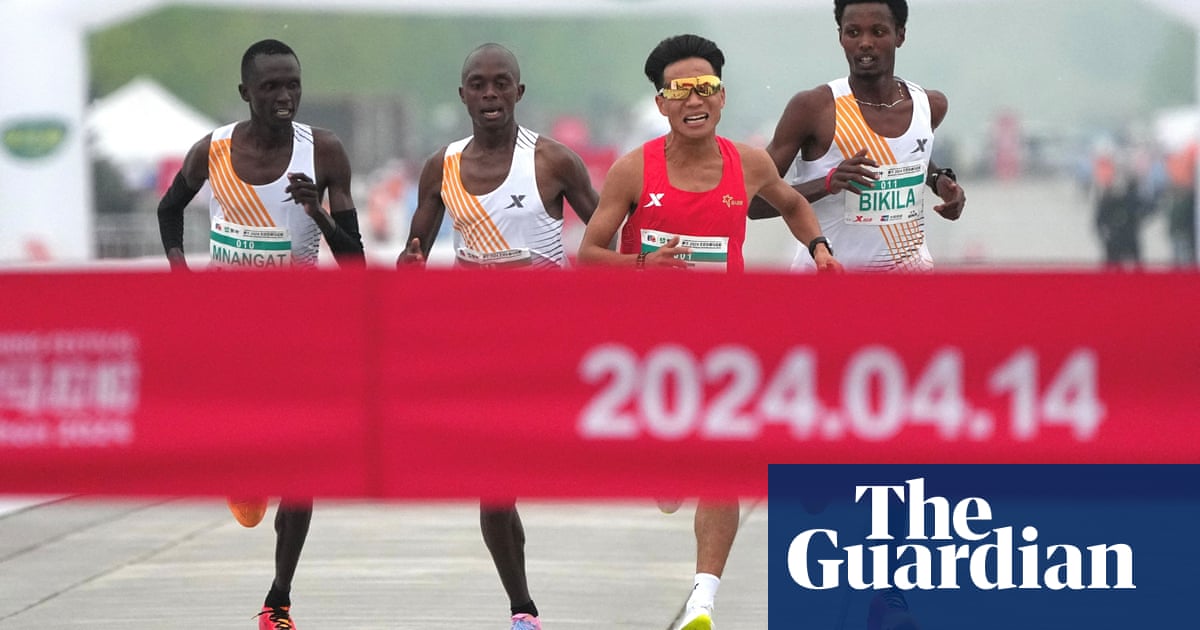
Fears about a new arms race in shoe technology have grown after World Athletics amended its rules to allow prototypes to again be used in races.
The decision came on the day Kibiwott Kandie became the first man to run under 58 minutes for the half marathon – once again emphasising the game-changing impact of the new wave of tech on athletics.
The 24-year-old Kenyan’s time of 57:32 in Valencia knocked 29 seconds off the previous record of 58:01 set by Geoffrey Kamworor last year – while three others also dipped under the old best. “To break the record by 30 seconds is a very great achievement and I’m glad to make Kenya very happy,” said Kandie.
While most distance records have been set in Nike shoes, Kandie was wearing the new Adidas Adizero Adios Pros, which contain 39mm foam as well as five tuned carbon-infused ‘energy’ rods that mimic the metatarsal bones of the foot.
It was the latest in the spate of world records in recent months. In October Joshua Cheptegei and Letesenbet Gidey broke the men’s 10,000m and the women’s 5,000m, wearing Nike ZoomX Dragonfly spikes, which contain a carbon plate and a unique foam, and have been billed as the “fastest shoes ever”. Meanwhile Mo Farah and Sifan Hassan also broke the men’s and women’s one-hour records wearing Nike shoes in Brussels in September.
While many in the sport remain uncomfortable with the new technology, it has been approved by World Athletics. And on Sunday it also reversed its ban on prototypes, saying shoe companies could use them in all races except the World Athletics series or Olympic Games.
“We are confident that this amendment will not impact the integrity of competition,” its chief executive, Jon Ridgeon, said, pointing to the fact that the prototypes would have to abide by its current rules and could be cut up if there were any suspicions.
However Toni Minichiello, the coach of London 2012 gold medallist Jess Ennis-Hill, said he was concerned at the change. “World Athletics had a chance to be all in on shoe technology or all out, like swimming did in banning those suits,” he said. “They have gone all in.
“The rule change means you don’t know if you can believe what you are seeing – is it the athlete or the shoe? I know it has been uneven for a while with the shoes and the (no-prototype) rule was difficult to police, but concerns are that by changing the rules, competition can now be open to possible manipulation.
“Let’s say a brand has two athletes – one they have invested in and as the face of a global marketing campaign and one they haven’t. Which one do you think gets the exciting new prototype?” he added.
“The solution is to push back to the shoe companies to create and agree the rules and have to share their tech to level the playing field.”











